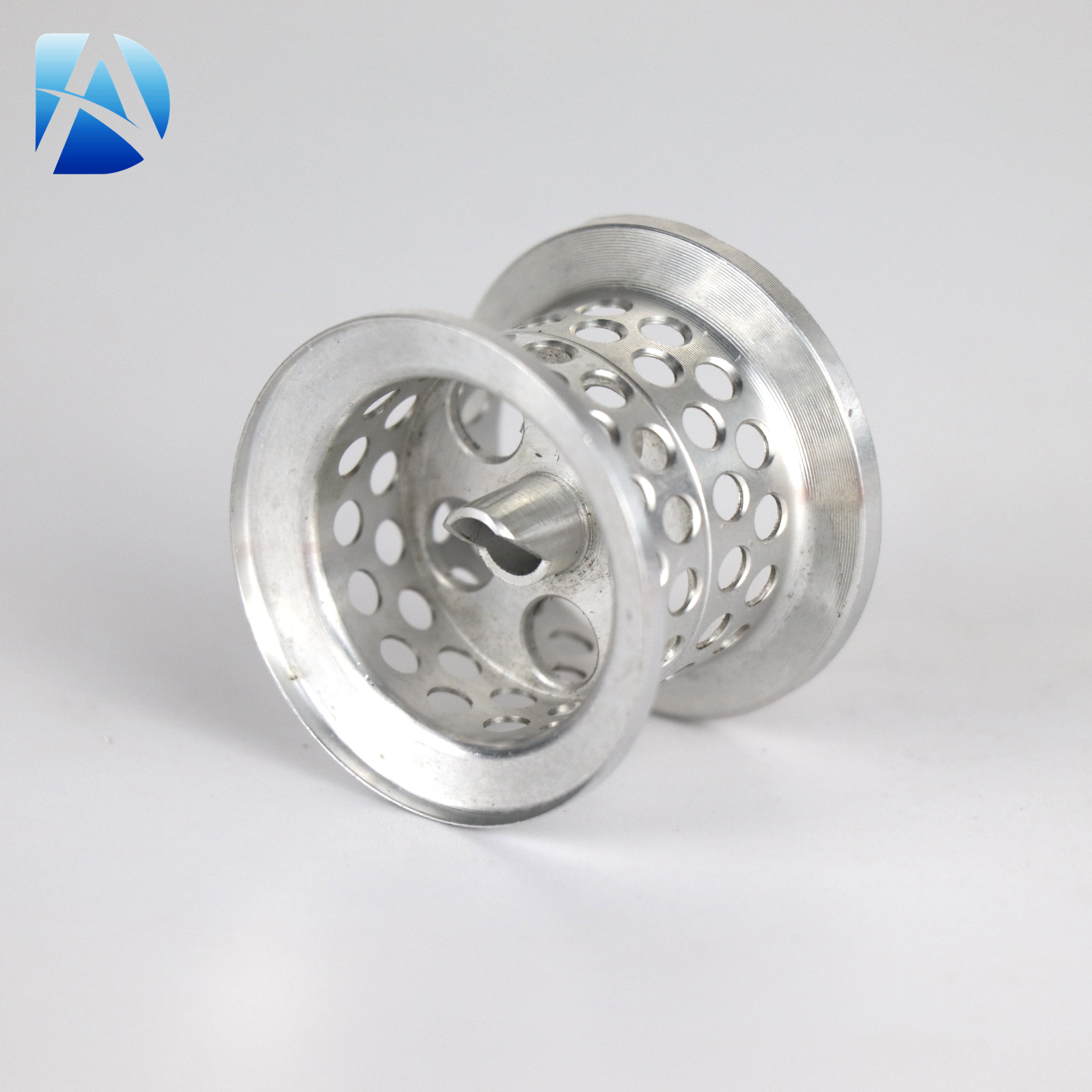English 


Views: 522 Author: Site Editor Publish Time: 2024-01-09 Origin: Site









Introduction
In the realm of manufacturing, machined aluminum parts have emerged as a cornerstone of innovation and engineering excellence. These components, meticulously crafted from high-grade aluminum alloys, embody a harmonious blend of exceptional strength, lightweight properties, and remarkable versatility. Their widespread adoption across a diverse spectrum of industries, from aerospace and automotive to medical and consumer electronics, is a testament to their inherent value and undeniable advantages.
At the heart of this success lies the transformative power of CNC machining, a sophisticated manufacturing technique that empowers precise and efficient shaping of aluminum into intricate forms. By harnessing the computational prowess of modern computers, CNC machines seamlessly translate digital designs into tangible reality, giving rise to machined aluminum parts that embody the pinnacle of precision and craftsmanship.
Advantages of Machined Aluminum Parts
The allure of machined aluminum parts stems from their unique confluence of desirable attributes. Their exceptional strength-to-weight ratio, surpassing that of many conventional materials, renders them ideal for applications where weight reduction is paramount. This inherent strength, coupled with remarkable corrosion resistance, ensures the longevity and reliability of aluminum components in demanding environments.
Furthermore, machined aluminum parts excel in terms of machinability and formability. Their inherent ductility allows them to be readily shaped into complex geometries, catering to the intricate designs demanded by modern engineering. Additionally, aluminum's lightweight nature facilitates effortless handling and transportation, reducing logistical challenges and minimizing environmental impact.
Beyond these technical merits, machined aluminum parts also boast environmental credentials. Their recyclability aligns with the principles of sustainable manufacturing, promoting resource conservation and minimizing waste generation.
Applications of Machined Aluminum Parts
The versatility of machined aluminum parts has propelled their adoption across a wide spectrum of industries. In the aerospace and aviation realms, aluminum components play a pivotal role in aircraft structures, engines, and landing gear, contributing to enhanced fuel efficiency and aerodynamic performance.
The automotive industry extensively utilizes machined aluminum parts to reduce vehicle weight and improve fuel economy. From engine blocks and pistons to suspension components and wheels, aluminum's lightweight properties translate into enhanced performance and reduced emissions.
In the medical and surgical equipment domain, machined aluminum parts find application in precision instruments, implants, and prosthetics. Their biocompatibility, coupled with exceptional strength and corrosion resistance, ensures the safety and reliability of these critical components.
Electronics and consumer products also heavily rely on machined aluminum parts. From sleek laptop enclosures to intricate smartphone components, aluminum's aesthetic appeal and functional properties make it an ideal choice for modern electronics.
The construction and building materials industry also embraces the versatility of machined aluminum parts. Their strength, durability, and lightweight nature make them suitable for window frames, roofing panels, and architectural accents, contributing to the construction of robust and aesthetically pleasing structures.
CNC Machining for Machined Aluminum Parts
CNC machining, an acronym for Computer Numerical Control machining, revolutionized the manufacturing landscape, enabling the precise and efficient production of machined aluminum parts. This sophisticated technology utilizes computer-generated instructions to guide cutting tools along predefined paths, transforming raw aluminum stock into intricate components.
CNC machines typically fall into two primary categories: CNC mills and CNC lathes. CNC mills are adept at creating complex three-dimensional shapes, while CNC lathes excel in producing rotational components. The choice of machine depends on the specific geometry and features of the desired part.
The CNC machining process for producing aluminum parts typically involves several steps. First, a computer-aided design (CAD) model of the desired part is created. This digital representation serves as the blueprint for the machining process.
Next, the CAD model is converted into a computer-aided manufacturing (CAM) program, which provides detailed instructions for the CNC machine. This program meticulously specifies the tool paths, cutting speeds, and other parameters necessary to achieve the desired shape and finish of the part.
The aluminum stock is then secured on the CNC machine bed, and the cutting tool is positioned according to the CAM program. The CNC machine precisely controls the movement of the cutting tool, removing material in accordance with the programmed instructions until the desired shape is achieved.
Finally, the machined part is removed from the machine and subjected to post-processing operations, such as deburring, cleaning, and finishing, to ensure a high-quality final product.
Conclusion
Machined aluminum parts have emerged as an indispensable component in the modern manufacturing landscape. Their exceptional strength-to-weight ratio, corrosion resistance, machinability, and recyclability make them an ideal choice for a diverse range of applications, from aerospace and automotive to medical and consumer electronics.
CNC machining, with its ability to precisely and efficiently shape aluminum into intricate forms, plays a pivotal role in the production of these versatile components. As technology continues to advance, the capabilities of CNC machining are expected to expand further, enabling the creation of even more complex and high-performance machined aluminum parts.
